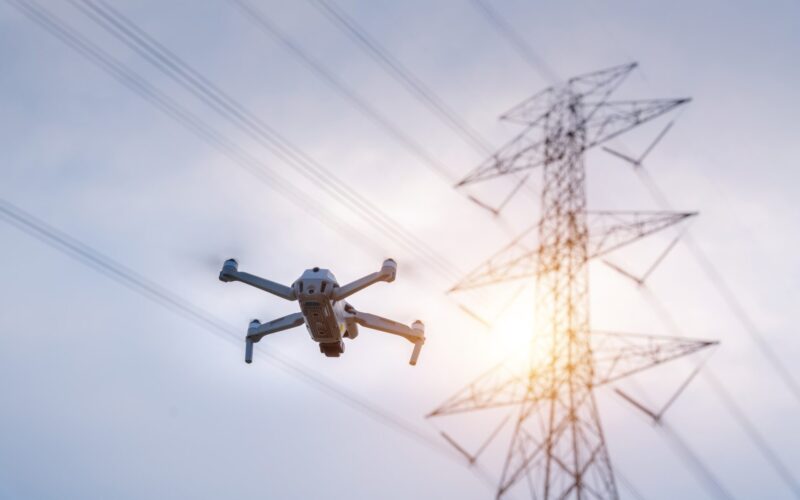The United Kingdom’s aviation regulator has published a new policy to allow drones to fly beyond visual line of sight for long distance infrastructure inspections.
While some drones have been flying beyond visual line of sight in the UK for several years, these flights were primarily trials under strict restrictions.
The new policy for atypical air environments (AAE), issued by the UK Civil Aviation Authority (CAA) on October 15, 2024, will now enable drones to fly beyond the visual line of sight (BVLOS) of remote pilots in so-called atypical operations.
This will assist industries in inspecting infrastructure such as power lines, wind turbines and site security. According to the CAA, operating a drone within an AAE reduces the likelihood of a mid-air collision with conventionally piloted aircraft.
An atypical air environment can be considered a volume of airspace where operators can reasonably anticipate there to be a reduced number of conventionally piloted aircraft due to the proximity of ground infrastructure, the CAA said.
“As the potential for drone applications continues to expand, our new policy paves the way for new ways drones will improve everyday life,” said Sophie O’Sullivan, Director of Future of Flight at the UK Civil Aviation Authority. “It not only enhances the operational capabilities of drones, but also promises widespread societal benefits across different sectors.”
The regulator’s new rules include activities where drones can remain at low heights close to infrastructure or near buildings where there is little or no potential for any other aircraft to be operating, the announcement continued.
According to the CAA, the new policy allows for quick and relatively low-cost inspections of power lines for damage, maintenance checks on wind turbines, and to use drones, known as “flying guard dogs”, to ensure the safety of construction sites.
“This innovation will help National Grid fulfill its commitment to providing clean, fair, and affordable energy to its customers, while undertaking the immense task of enabling the energy transition,” said John McKenna, CEO of sees.ai, a company focused on the development of autonomous flight systems.
On September 24, 2024, the CAA released a roadmap for developing drones for activities beyond visual line of sight (BVLOS). The goal is to demonstrate BVLOS activities by the end of 2024 and move towards regular operations by 2027.

